2019 Volkswagen Jetta Vs Nissan Kicks: Is a Sedan Better Than a Crossover?

In the past few years, sedan sales have taken a serious nosedive, and it’s all thanks to the wider availability of crossovers.
They may not look like they have a lot in common, but more buyers are opting for one body style over the other, and after taking a look at two examples directly side-to-side, it’s easy to see that each has its pros and cons. But are sedans still a viable option, or is the crossover truly killing them off?
Get the Flash Player to see this player.
Upsizing and Downsizing
The vehicle we picked to represent crossovers is the funky Nissan Kicks. It’s a subcompact crossover that sits below the Nissan Rogue Sport (called the Qashqai in Canada), and costs just over $17,000 at its most affordable.
Vehicles like this are eating away at small car sales. It has a smaller wheelbase than most compact cars like Nissan’s own Sentra, or the VW Jetta we have here to represent sedans. This makes the Kicks feel really agile, even if it’s an SUV-like crossover. It also has a smaller turning circle than most compact sedans.
You may think that’s an unfair demonstration, but many buyers downsize a class when they switch from a sedan to a crossover, mainly because the interior space in a crossover is on par with the slightly bigger compact sedan.
Improvements:
But when it comes to sedans, they have been getting better and better to stay relevant in the face of the increased competition from crossovers.
The Jetta has a longer wheelbase, is also wider, and boasts more interior space than before. But all of that means very little when a subcompact crossover has more cargo space, right?
See Also: 2019 Volkswagen Jetta Review
Well actually, the design of the Jetta doesn’t quite emphasize headroom as much as a crossover does, but it does have pretty good legroom. And the longer wheelbase allows for a more stable and smoother on-road experience, perfect for those who spend a lot of time on highways.
Styling:
Style-wise, crossovers tend to look more like hatchbacks than SUVs, with a limited increase in ride height in comparison to cars. In fact, this Kicks has just a half-inch more ground clearance than a Sentra. Many also say that the crossover feels like a bigger and more safer due to the higher ride height and driving position.
In the past, SUVs could feel tippy and unsafe, but newer crossovers feature electronic stability control, something that’s become mandatory since 2012. That means that tall vehicles are safer and less prone to rollovers. The Kicks was actually a given a Top Safety Pick rating by the IIHS, with only its headlights being heavily criticized, apart from the typically difficult small-overlap test.
Specifically, the IIHS notes that some glare is caused by the headlights on the Kicks. This may be a result of the slightly higher ride height of the vehicle that is blinding some oncoming drivers.
ALSO SEE: Do You Really Need a Crossover? 7 Things to Consider Before Buying a CUV
At least there is more space overall in the Kicks, especially in terms of headroom and cargo room. The rear seat legroom of these crossovers is actually down a bit in comparison to compact sedans, but they’re still usable for family vehicles. Passenger volume is about the same as compact sedans, but the cargo room is significantly more. This Kicks has 25 cubic feet behind the rear seats. That figure nearly doubles when you fold the seats.
Boring Sedans?
But obviously, the sleeker design of the Jetta helps it cause less wind noise and should help with fuel economy.
Crossovers are probably gaining popularity because it’s a new style: nobody wants the last generation of family car. It’s how wagons, minivans and even large sedans like the Taurus and Azera are disappearing. Simply put, no one wants to drive whatever their parents were driving.
Big Interior Differences
But step inside the Kicks and you may be greeted with a very different seating position. Unlike sedans, crossovers feature a far more upright driving position, where your feet are beneath you, rather than stretched out in front of you. The upright position gives you a slightly better view of the road in some cases.
Like almost all cars today, the Kicks is loaded with technology. This model has a touchscreen with Android Auto and Apple CarPlay support. There is automatic climate control, heated seats and handy safety features like forward collision warning, blind spot monitoring, rearview camera and a 360-degree view when parking. There’s also a bright digital gauge cluster, which doesn’t look too bad.
See Also: Nissan Kicks Review
The materials aren’t the nicest, but this is an affordable car that punches above its weight class. You can tell that designers want crossovers to feel like an open room with some chairs in it, rather than a focused cockpit.
But jump into the Jetta and you get to see the benefits of a car that’s a class above. The quality of the car is much higher than what you’d get in a comparable crossover like the Kicks. There are better materials and fancier technology. Granted there’s about a $5,000 difference in the two cars we have here today, but some subcompact crossovers like the Hyundai Kona can be priced up to about $30,000.
Just looking at the quality, it seems like you’re getting more for your money in the Jetta than the Kicks.
Like the Kicks, there’s a lot of technology in the Jetta, and much of it in the VW seems more impressive. There’s a large touchscreen with Android Auto and Apple CarPlay, as well as a big, well-integrated virtual cockpit. The car features dual-zone climate control and overall, the design seems more driver-focused, like a sporty cockpit. This is common among many sedans, but some vehicles like the Corolla and Impreza also have open-concept-like cabins as well. Deciding what is better will come down to owner preference.
The biggest takeaways here is that the Jetta does feel more premium, and again that’s because of how it’s in a class above the Kicks despite being barely a few inches larger than the crossover.
The two types of cars drive very differently though.
On the Road:
Under the hood of this Kicks is a 1.6-liter four-cylinder engine that is paired to a CVT. It makes just 125 horsepower, and there is no all-wheel-drive version of the Kicks available. The Kicks isn’t alone in being a front-wheel-drive only crossover: the Kia Niro is offered like this, as is the Toyota C-HR.
ALSO SEE: CVT Transmission Pros and Cons
While many subcompact crossovers offer some kind of all-wheel-drive system, choosing one will drive up the price while reducing fuel economy. It’s not like these cars have much power to send to all four wheels anyways. Most crossovers boast all-wheel-drive to give them further separation from sedans and hatchbacks, giving people a bit more confidence in seasonal conditions.
The ideal part about this Nissan Kicks is that because it doesn’t use a turbo or all-wheel-drive system, it has managed to stay fairly lightweight. This car weighs under 2,700 lbs and you really feel that when you step on the throttle. The Kicks is eager to go and feels peppy.
The CVT isn’t the most engaging, but it enables a consistently achievable combined fuel rating of 33 MPG combined.
The higher center of gravity means the Kicks isn’t the most fun car to drive, but it’s at least practical.
But to put it simply, the Jetta is a touch more responsive to drive and you can expect that from the vast majority of sedans out there.
It’s not really the powertrain that makes sedans stand out, as this Jetta features a 1.4-liter turbocharged four-cylinder that makes 147 horsepower and 184 pound-feet of torque. It’s paired to an eight-speed automatic transmission, which is primed to help the car earn 34 MPG combined, thanks to technology like active grille shutters and automatic start/stop.
It’s the responsiveness of the Jetta on the road that makes it stand out. Typically, Sedans have a lower center of gravity, and they can turn with a limited amount of body roll. It also feels like they respond much quicker than a crossover would.
Additionally, the three-box design of the sedan means that certain road noise is mitigated by there being a hard wall between the trunk and the cabin.
Some drivers will find the lower seats and legs-forward seating position to be more comfortable, but you lose the advantage of improved visibility.
The Verdict: Crossovers vs Sedans
It’s not to say that sedans are sportier to drive, they can just feel more responsive, and some people will find the interior layout and seating position to be more comfortable.
On the other hand, crossovers are practical with a lot of space for passengers and cargo, while having very little functional compromises. Sure they’re less fun to drive, but they have more ground clearance and are just as fuel efficient.
If the two cars are priced the same, it’s easy to see why the crossover would be more desirable, at least for those who don’t mind trading off some driving fun for more practicality. In reality, many small crossovers like the Kicks are much more affordable than compact cars, making them almost a no-brainer for new car buyers.

Sami has an unquenchable thirst for car knowledge and has been at AutoGuide for the past six years. He has a degree in journalism and media studies from the University of Guelph-Humber in Toronto and has won multiple journalism awards from the Automotive Journalist Association of Canada. Sami is also on the jury for the World Car Awards.
More by Sami Haj-Assaad



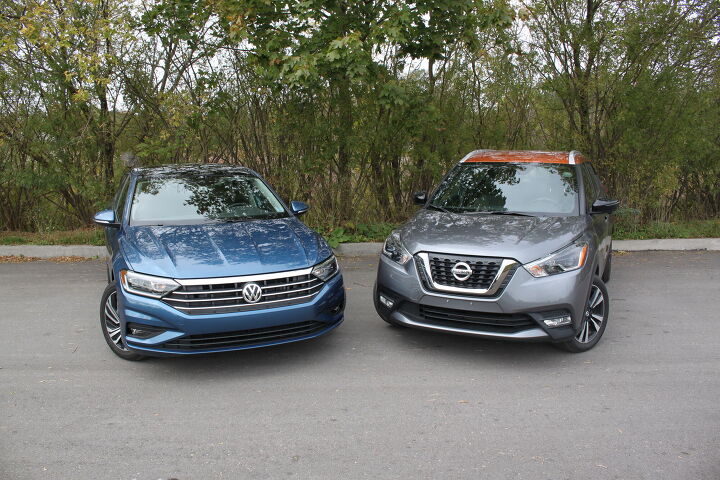







































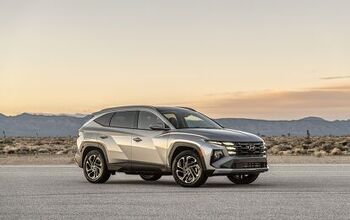

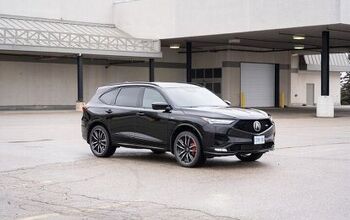
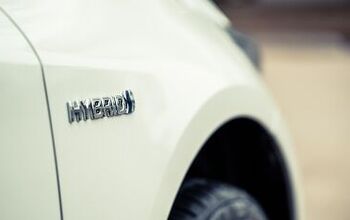
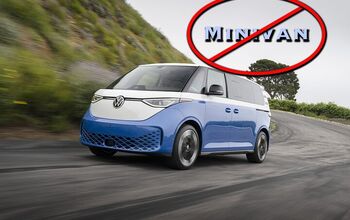



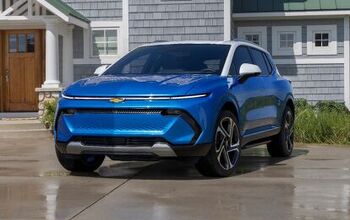
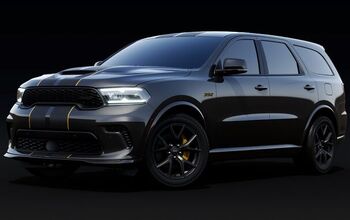
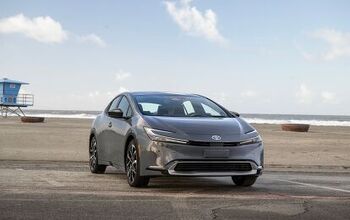
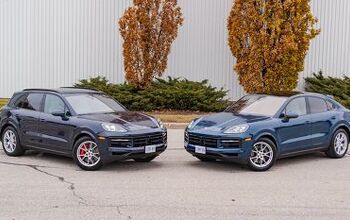


Comments
Join the conversation